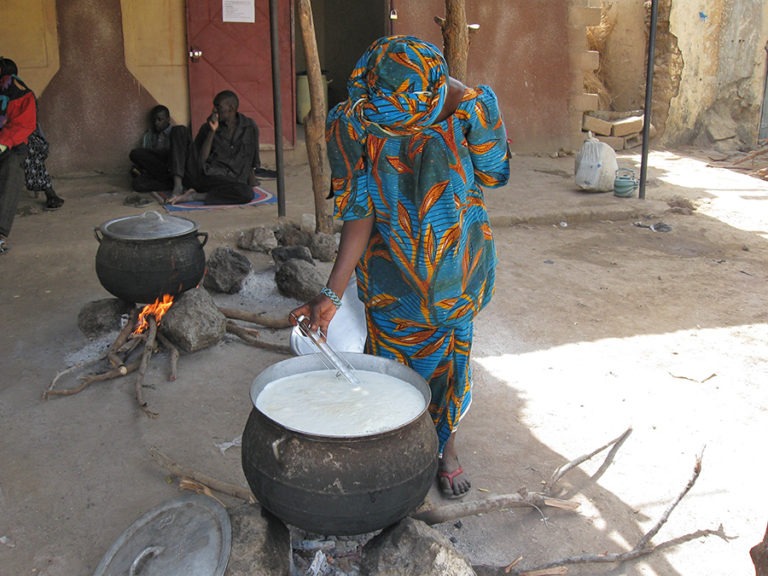Home / Healthcare & Medicine / Veterinary Science / One Health: Connecting Humans, Animals and the Environment / Mitigate food risk but maintain nutritional value
This article is from the free online
One Health: Connecting Humans, Animals and the Environment


Reach your personal and professional goals
Unlock access to hundreds of expert online courses and degrees from top universities and educators to gain accredited qualifications and professional CV-building certificates.
Join over 18 million learners to launch, switch or build upon your career, all at your own pace, across a wide range of topic areas.

 Heating milk in a rural setting with energy from wood
Heating milk in a rural setting with energy from wood





